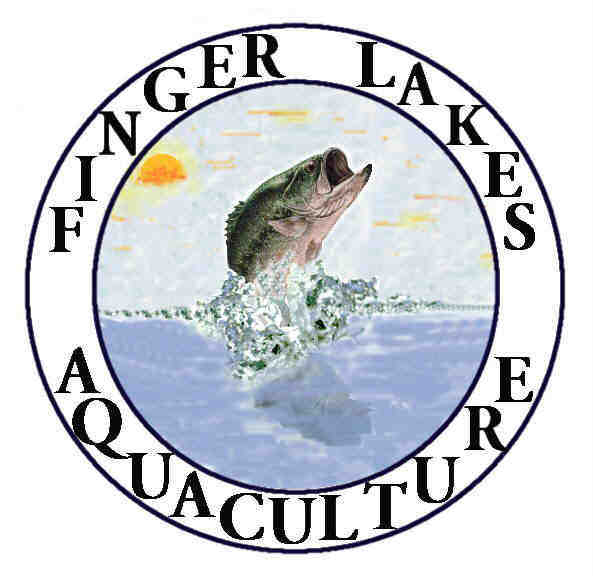The largest member of the sunfish family averages 8-17 inches long and has been known to reach weights in excess of 10 pounds. Compared to other members of the sunfish family, the largemouth and smallmouth bass are elongate, robust fish. As the name implies, the largemouth has a larger mouth than the smallmouth, with the end of the jaw below and beyond the rear margin of the eye. The body of the largemouth is greenish in color with a pronounced black stripe running horizontal along its midside.
Largemouth bass are found throughout New York. They inhabit dense aquatic vegetation, or lie close to submerged cover such as stumps, logs, dock pilings, etc. They prefer warm, shallow, weedy portions of lakes and sluggish rivers and streams. These weedy areas provide both protection and food supplies in the form of forage fish. Water areas of 20 feet or less in depth are optimum.
The New York State record largemouth bass was caught in Buckhorn Lake in 1987. It weighed in at 11lbs. 04 oz. Any largemouth weighing in over 3 pounds is considered a good catch; those over 5 pounds are trophies. Largemouth bass eat primarily fish, but also crayfish, frogs, snakes, and occasionally small mammals such as mice. These fish readily take natural and artificial baits and are good fighters when hooked, making them one of New York’s most popular game fish. Bass are also good to eat.
The Largemouth spawns when water temperatures reach approximately 70 degrees Fahrenheit in late May to early June in New York. Males build nests 2-3 feet in diameter by sweeping the bottom. The nests are usually constructed in 1 to 4 feet of water. Males entice females into the nest by circling and nipping them. The eggs normally hatch in 3 to 5 days depending upon temperature. The male will guard the eggs and the young until they are approximately 0.75 inch long and the school of fry breaks up; after that they are considered food. Largemouths achieve maturity at age 5, and can live as long as 15 years.
The largemouth bass naturally inhabits the warm, weedy portions of lakes, ponds, and streams. They will flourish in all but the very coldest farm ponds. They do well in shallower ponds that are fed by run-off and small springs. Ponds that are 1/4 acre and larger are suitable for largemouth bass.
We recommend a stocking rate of 100 fingerlings per surface acre. Yellow perch can be successfully stocked with largemouth bass. After they reach spawning age, the young perch produced will provide an excellent food supply for your bass. Their addition will also add variety to your pond. Bluegills and pumpkinseeds are often stocked with bass. Stocking of these fish requires careful consideration as they can quickly overpopulate a farm pond.
